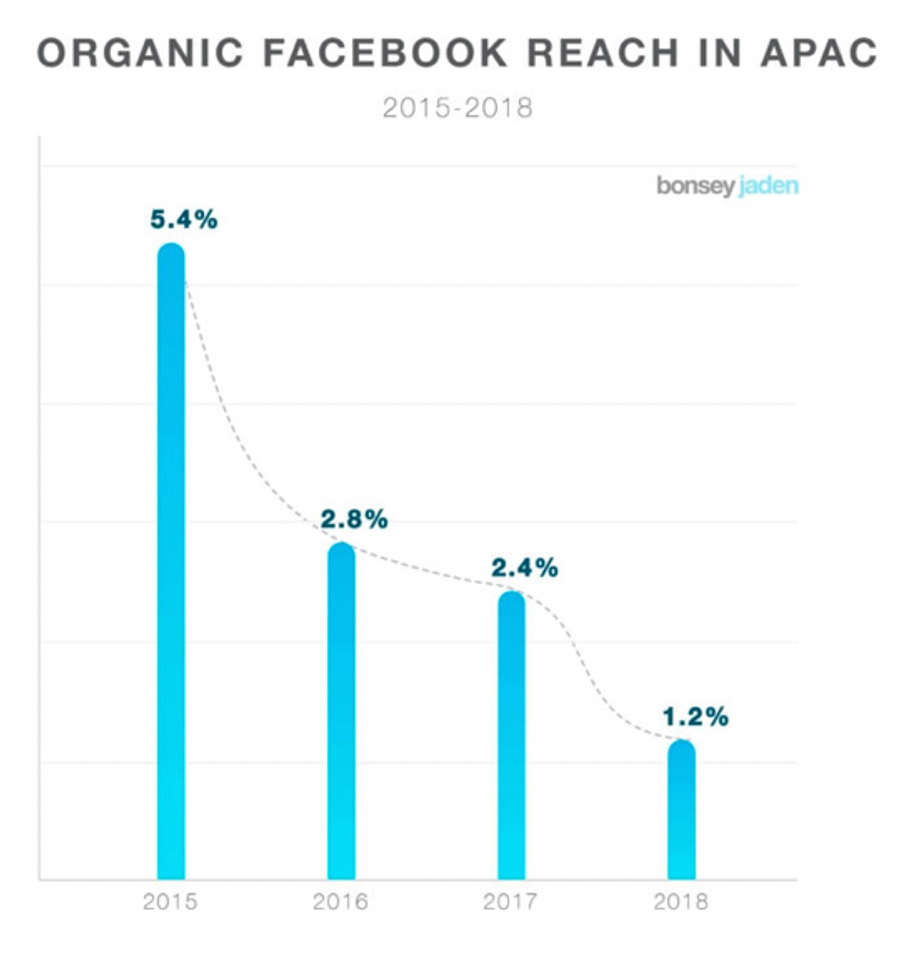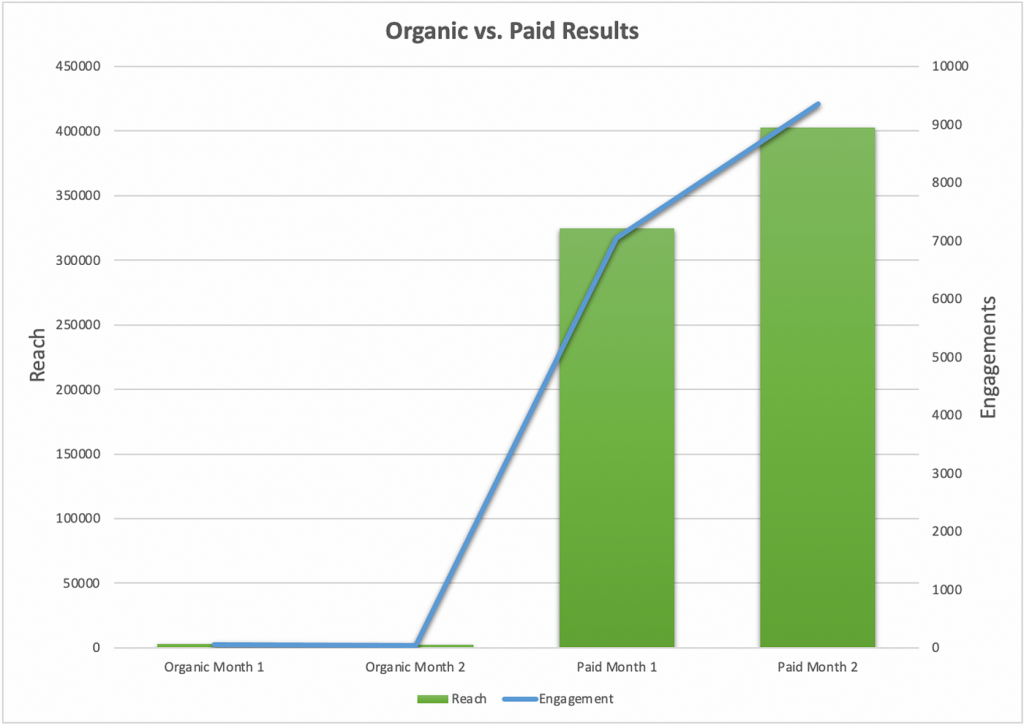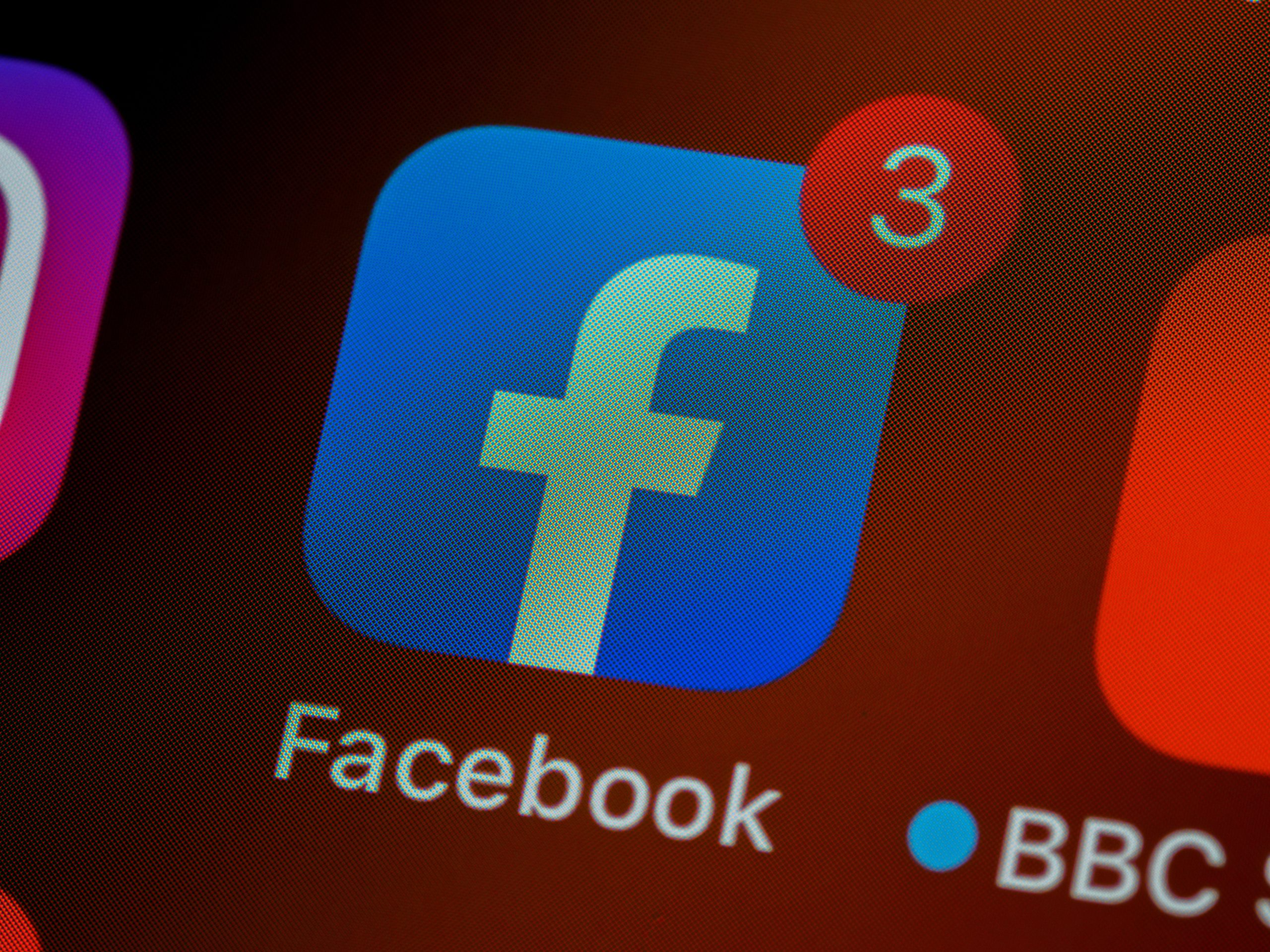Social media, much like digital marketing generally, is constantly changing. The focus points of a social media strategy or program have shifted countless times already and will continue to shift in the future, as the platforms grow and improve.
From the early days where Facebook page likes were the be-all and end-all, to modern times where brands have to ‘pay to play’, it can be challenging to understand what you should pay attention to.
Orchard’s Digital Strategist Jack Winter takes us through the history of Facebook likes — why they mattered initially, why they don’t matter now, and where we need to pay our real attention to.
The Beginning: Why Facebook ‘Likes’ Initially Mattered
When Facebook first became a platform for brands to advertise on, having a high volume of page likes was important for people to see your content. Those who followed a brand’s page would have that brand's content prioritised in their newsfeed — as they would scroll, so to would they discover more to love about the brands they followed.
This is where the term ‘organic reach’ comes from. This means the number of people who see your content without you needing to pay for them to view it — they see your content because they follow your page.
Why Did It Change? Users Criticised The Facebook Experience
However, this eventually led to a tipping point for Facebook — with all brands pushing their content to drive sales, this meant that individual user's feeds were inundated with brand content rather than content from their friends and family.
This was off-putting for individuals, particularly the millennials who have always statistically been high users of the platform and started seeing decreases in time spent on Facebook and a move to the likes of Instagram — where brand content was less frequent.
In a direct response to these decreasing figures, Facebook implemented changes to their algorithm and newsfeed experience, to prioritise content from your friends and family and de-prioritise content from brands seeking your attention organically.
This has directly influenced a decrease in organic reach for brands — the percentage of people who follow your page and see your content has been decreasing dramatically year on year.

Where Is The Industry Now? You’ve Got To ‘Pay To Play’
Facebook still provides the ability for brands to reach their audiences, but this is no longer done organically — brands can no longer rely on simply publishing content and having the masses see it.
According to a study run by SocialSamosa, only 1% of users who like a business page will actually visit that brand’s Facebook page. And with the decreases in organic reach meaning that for pages with 100,000 likes, on average less than 1,000 people will see any one piece of content, this has created what is referred to as a ‘Pay To Play’ environment.
This means that for brands to reach their audiences and achieve their objectives, they have to use paid advertising on Facebook. Being able to rely on organic content only is no longer feasible for brands.
This is no more evident than the below comparison we ran for one of our clients, who wanted to increase the engagement with their content, but they were nervous about using paid media for the first time. We tested a two-month period running ‘organic’ only content with no paid advertising, followed by two months of paid advertising on all content.

The data speaks for itself — with such a significant leap in results, lifting from less than 1% of our total audience seeing our content to over 400,000 people seeing our key messages, it’s clear that a paid strategy is the way forward.
I've got to 'Pay to Play' on Facebook. Ok. So what's next?
Using paid media opens up a lot of opportunities to accelerate growth for your business and achieve your marketing objectives. However, paid media also requires planning for how you want to achieve these objectives and interact with your audience online.
From determining which channels you want to be present on, to understanding where your audience is and what kind of content they’re seeking, these are some of the cornerstones to having a successful social media program.
With expertise across a vast number of social media platforms and different industries, our Strategy team is well-versed in building killer social media programs that hit your objectives consistently. Talk to us about how we can make dope content that gets you seen by more than just the 1%.

